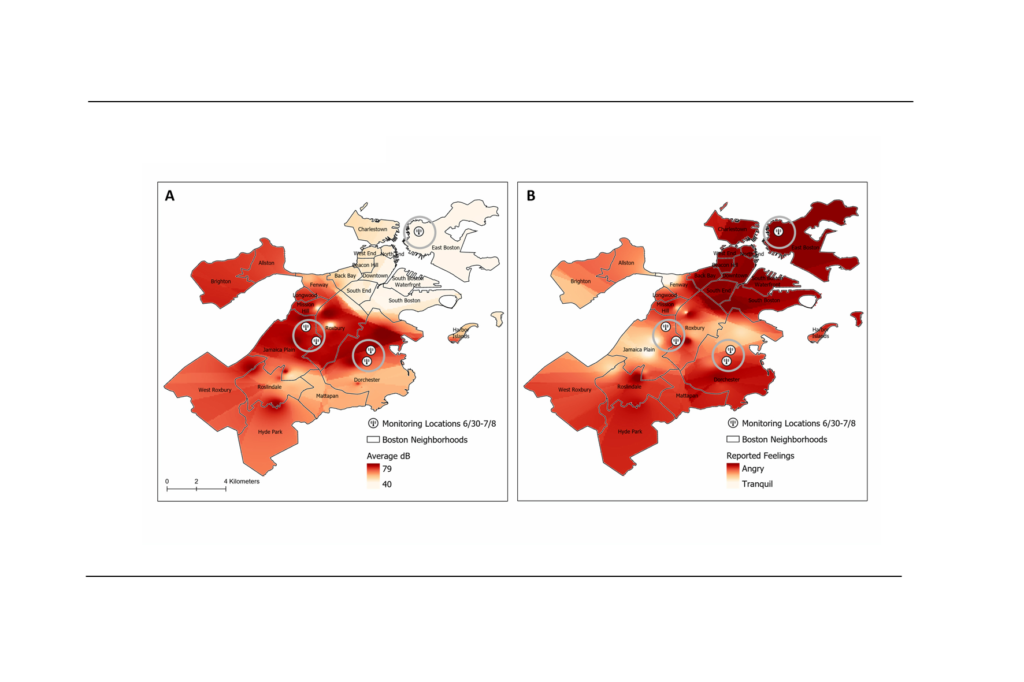City Know-hows

Public health has historically been an important factor driving urban planning policy in England but is currently rarely a priority. We explore the factors behind this, try to explain them in the context of policy developments since COVID-19, and consider what needs to change at national policy level to support healthier placemaking in the future.
Share
Target audience
Policy makers, policy leaders and politicians, public health leaders.
The problem
In centralised political systems like the United Kingdom, central government sets the agendas and targets for city-level planning and development. Health has for a long time rarely been an important factor in this space. Outcomes and experiences of COVID-19 were strongly linked to urban development and appeared to create significant opportunities for promoting health narratives and ideas in policymaking. However, this does not appear to have led to the transformative change needed for the development of healthier cities.
What we did and why
We wanted to understand the impact of COVID-19 on urban development policymaking in England. Firstly, we undertook in-depth interviews with senior officials working in central government at the heart of urban development policy during the pandemic to explore how and why evidence and ideas about health changed at this time (and why they did not). Secondly, we reviewed recent policy developments shaping cities to understand whether the renewed focus on health in this period led to new policy directions.
Our study’s contribution
This study adds to the debates about the legacy of COVID-19 on urban development and how we think about influencing policies to support healthier placemaking. We identified increased receptiveness following the pandemic amongst urban policy officials for promoting health, and recent policy developments offer hope of longer-term change. However, we also identified a range of political, ideological, and historical constraints on promoting health agendas despite this renewed receptiveness amongst officials, which have limited the opportunity for more radical changes.
TRUUD study. Research about healthy urban development, which this study was part of: https://truud.ac.uk/
Impacts for city policy and practice
Even following a major health crisis with well-recognised links to the quality and design of urban environments, health remains secondary to other drivers of urban planning policies. Our study suggests that overcoming this requires greater leadership and support from the very top of government to prioritise preventative health across policy sectors. Motivation and enthusiasm amongst policy officials for healthier urban development is welcome and promising, but is unlikely to be sufficient on its own.
Further information
Full research article:
 Why didn’t the ‘critical juncture’ of the COVID-19 pandemic lead to the re-integration of public health into urban development policy in England? by Geoff Bates, Andrew Barnfield, Nick Pearce and Sarah Ayres
Why didn’t the ‘critical juncture’ of the COVID-19 pandemic lead to the re-integration of public health into urban development policy in England? by Geoff Bates, Andrew Barnfield, Nick Pearce and Sarah Ayres
Related posts

Learn how the City of Boston engages local researchers, community residents, and city officials to combat illegal firework activity.

A study of mid to older adults in Brisbane, found that people living in disadvantaged areas were more likely to be lonely. This was partially explained by levels of residential density.

Our urban environments are getting hotter, yet urban design and planning solutions which can mitigate heat are rarely used. There is a need for further education and strategic planning policy positions to support heat mitigation policy and practice in the built environment.